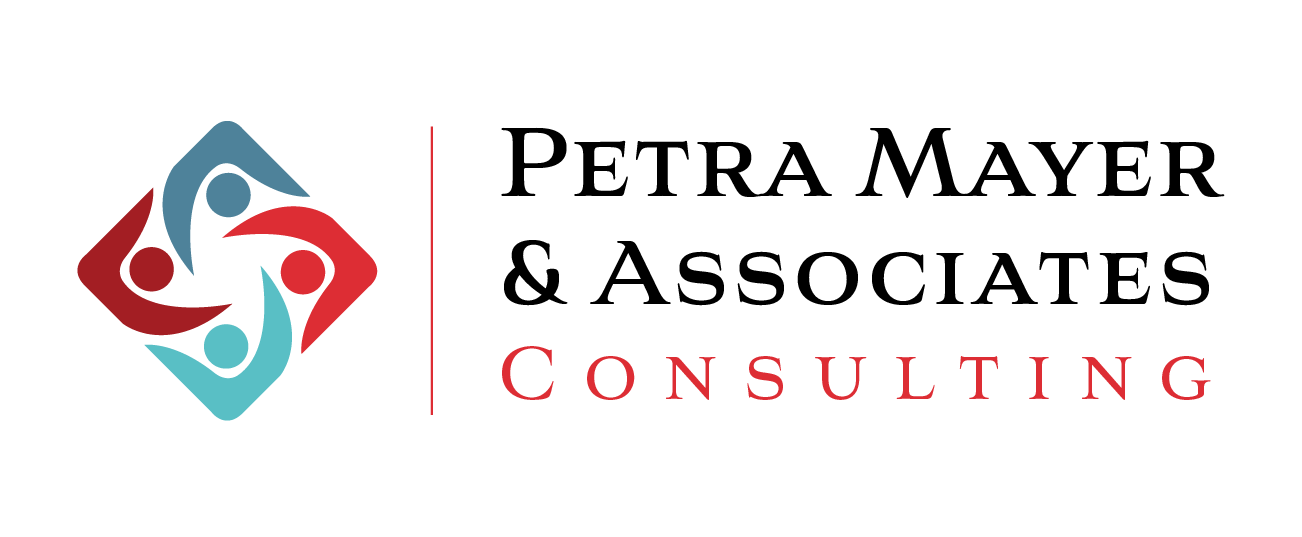Implementing a LMS is a significant step for any organization, but it doesn’t stop at the launch. To truly get the most out of your LMS, continuous improvement is essential. One of the most effective ways to improve your LMS outcomes is through feedback. Whether it’s from users, administrators, or stakeholders, feedback helps identify what’s working and where improvements are needed.
By creating a strong feedback loop, you can ensure that your LMS remains effective, user-friendly, and aligned with your organization’s goals.
Understanding the Role of Feedback in LMS Implementation
Feedback plays a critical role in the success of any LMS implementation. It serves as a guide for understanding how well the system meets the needs of users and where improvements are needed. Without feedback, it’s easy to miss out on issues that could affect user experience, engagement, or overall effectiveness.
Different sources of feedback
When implementing an LMS, feedback can come from various sources. The most common ones include:
- Users: These are the people interacting with the system daily – learners, instructors, and content providers. Their insights can be incredibly helpful to identify usability issues, navigation challenges, and how well the LMS supports learning objectives.
- Administrators: LMS administrators have a unique view of system performance, technical challenges, and back-end processes. Their feedback is essential for understanding the system’s technical abilities and where efficiency can be improved.
- Stakeholders: This group may include department heads, HR teams, and other decision-makers who need to make sure the LMS fits with the organization’s larger goals and compliance needs.
Types of feedback
Feedback can cover a broad range of topics. It’s important to categorize it so you can focus on specific areas that need improvement. Common types of feedback include:
- Usability: How easy is it to navigate the LMS? Can users complete tasks quickly and efficiently?
- Content Quality: Is the learning material relevant, up-to-date, and engaging? Does it help users achieve their learning goals?
- Technical Issues: Are there any bugs, glitches, or technical problems that make the user experience difficult?
- User Experience (UX): How does the overall experience feel to users? Is it enjoyable, intuitive, and accessible to everyone?
By understanding where feedback comes from and the different types of feedback available, organizations can start using it to make meaningful improvements to the LMS.
Analyzing and Categorizing Feedback
Collecting feedback is just the first step. To make it actionable, you need to analyze and categorize the responses effectively. This process helps you prioritize changes, spot patterns, and make decisions that will have the greatest impact on LMS implementation outcomes.
How to effectively analyze feedback
- Look for common themes: As feedback rolls in, it’s a good idea to group similar responses together. For example, if multiple users mention problems with navigation or a specific feature, this indicates an area that needs attention. Grouping feedback helps you see the bigger picture instead of focusing on individual comments.
- Quantitative vs. qualitative feedback:
- Quantitative feedback: This can come from survey results, where users rate their experience or satisfaction on a scale. This type of feedback provides measurable data, such as “80% of respondents found the course layout confusing.”
- Qualitative feedback: Open-ended responses or focus group discussions often provide qualitative feedback. Although harder to measure, these comments offer valuable context and can highlight underlying issues that numbers alone might miss.
- Identify actionable insights: Not all feedback will lead to changes, so it’s important to focus on what can be acted on. Ask questions like:
- Is this feedback coming from multiple users, or is it an isolated concern?
- Does this issue directly affect the user experience or learning outcomes?
- Can the problem be addressed within the existing system, or does it require bigger changes?
Grouping feedback into categories
Once feedback is analyzed, grouping it into actionable categories helps you organize your improvement efforts. Common categories include technical issues, content and learning materials, user interface and usability, and training and support.
Incorporating Feedback to Drive Improvements
Once feedback is collected and analyzed, the next step is to incorporate it into your LMS for meaningful improvements. This requires a strategic approach to ensure changes are effective and improve user experience.
Not all feedback will need large-scale changes. Some issues, like fixing minor bugs, improving navigation, or adding clearer instructions, can be addressed quickly. Addressing these smaller concerns right away not only improves user satisfaction, but also demonstrates that feedback is valued and acted upon.
On the other hand, critical issues that affect many users, such as system crashes or outdated content, shouldn’t be left for too long. Prioritizing these high-impact changes for the next LMS update is essential to prevent disruptions in learning outcomes.
Incorporating feedback isn’t a one-time activity. The most successful LMS implementations are those that continuously evolve based on user input. Setting up regular check-ins to gather feedback, monitor the impact of changes, and plan for future improvements ensures that your LMS stays relevant and effective.
Final Thoughts
Successfully implementing an LMS involves much more than just launching the platform – it requires a commitment to ongoing improvement through continuous feedback. By actively engaging with users, administrators, and stakeholders, organizations can identify both strengths and weaknesses in their LMS. This feedback loop helps pinpoint specific areas for improvement and helps to create a culture of collaboration and responsiveness.
As you move forward, remember that effective feedback is an important part of this journey. Establishing a structured approach to collect, analyze, and incorporate feedback ensures that your LMS stays user-friendly and aligns with organizational goals. Focusing on both immediate fixes and long-term strategies will create a more resilient learning environment. Ultimately, an LMS that evolves based on user input will improve learning outcomes and contribute to a more engaged and satisfied user base.
Want to improve your LMS implementation?
Make the most of your LMS with Petra Mayer & Associates Consulting! Our friendly experts are here to help you set up feedback systems and get users more engaged. Curious about how we can improve your LMS and drive better results? Visit our LMS Services page to learn more. Let’s work together to create a great learning experience.

